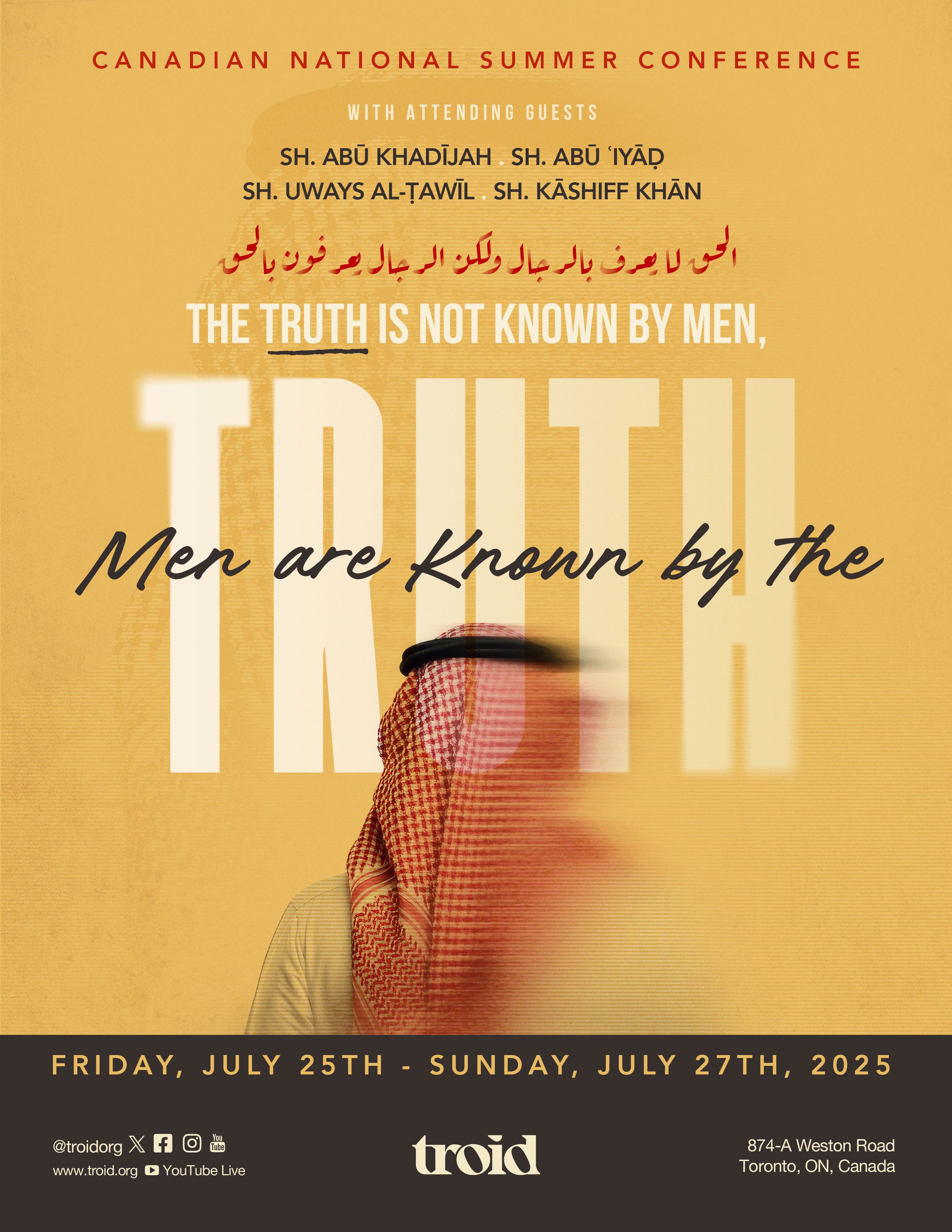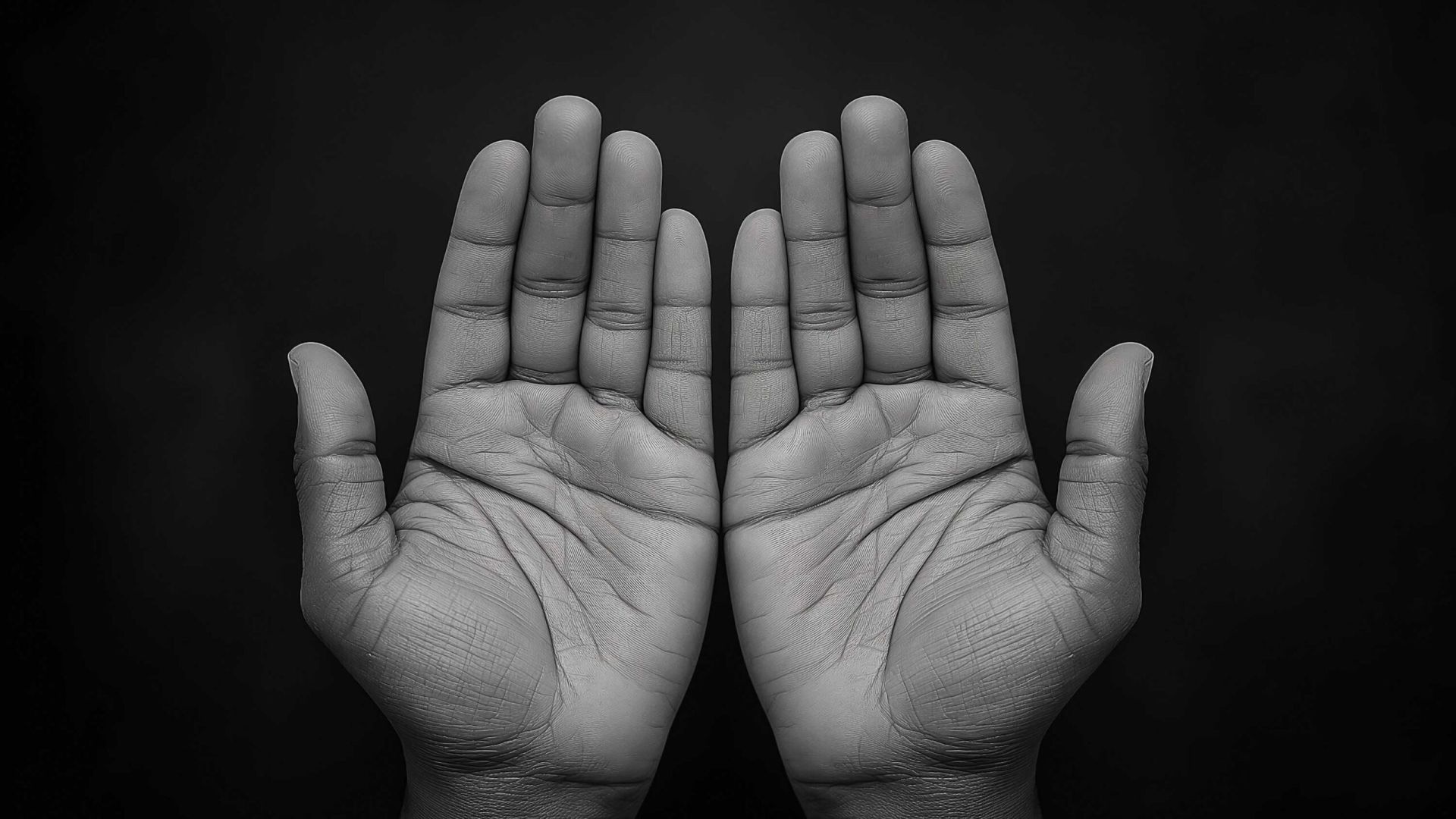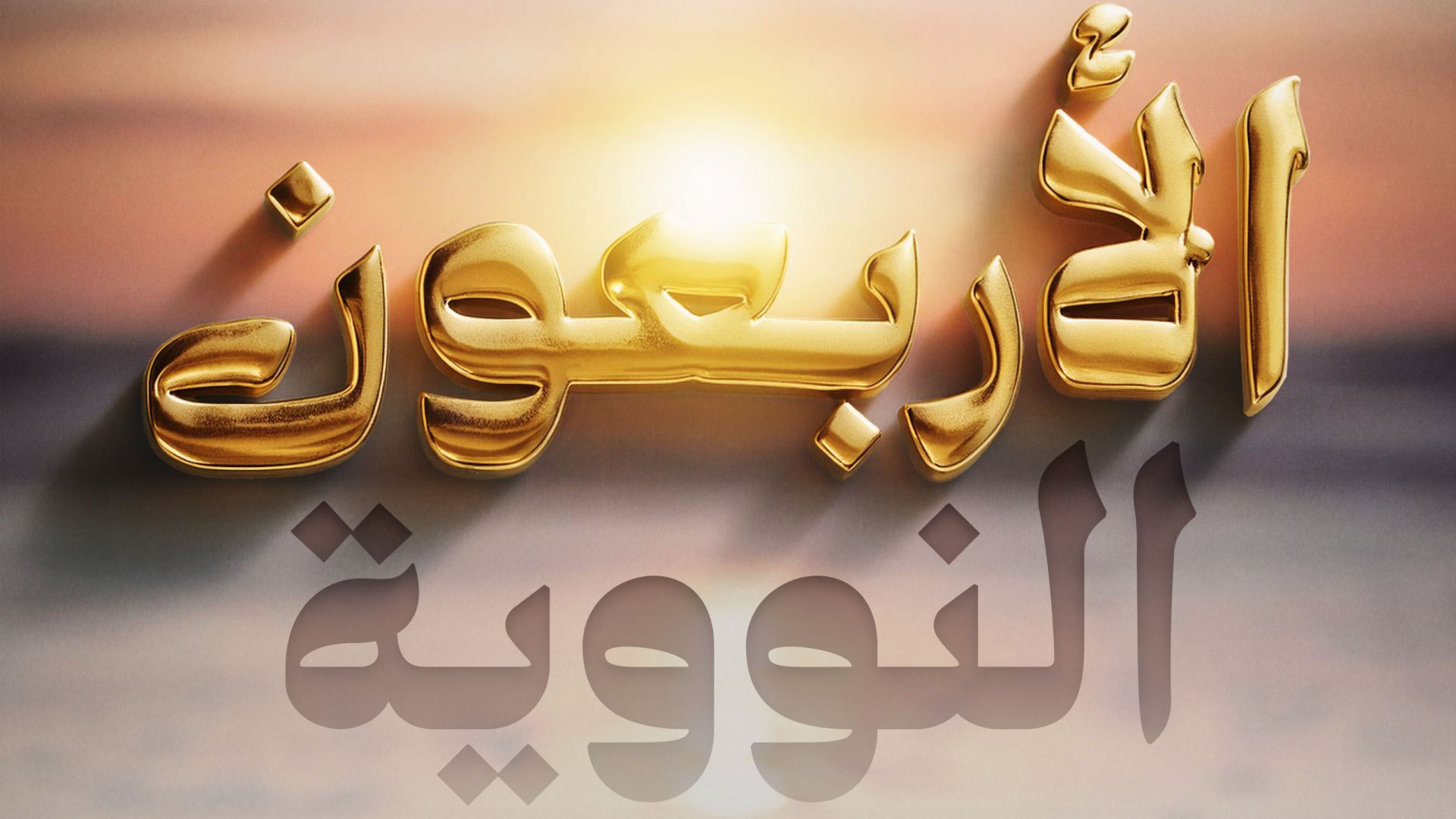Differentiating Between the Two Eids
Dr. Abū Wāʾil Musa Shaleem


Muslims have two ʿĪd celebrations: ʿĪd al-Fiṭr and ʿĪd al-Aḍḥá.
Anas ibn Mālik (رضي الله عنه) reported:
When Allāh’s Messenger (صل الله عليه وسلم) arrived in Madīnah, the people would celebrate two days. He asked: “What are these two days?” They responded: “We would celebrate these two days during the time of pre-Islamic ignorance.” He (صل الله عليه وسلم) responded: “Verily, Allāh has replaced them with two better days: the day of al-Aḍḥá and the day of al-Fiṭr.” [Reported by Abū Dāwūd (1134), and Shaykh al-Albānī authenticated it.]
Although these two ʿĪd celebrations are similar in many ways; as we must shower before attending both prayer, wear our best clothes, and be joyous and festive, these two Eids are different in some ways, and this article aims to highlight some of these differences. Some of the differences, as you will soon learn, are obvious and others are subtle. From the differences between ʿĪd al-Fiṭr and ʿĪd al-Aḍḥá:
عيد الفطر
|
عيد الأضحى
|
Different Tasmiyah (Name)
| The ʿĪd that succeeds fasting during the month of Ramaḍān is called ʿĪd al-Fiṭr. | The ʿĪd that occurs after the day of ʿArafah is called ʿĪd al-Aḍḥá. |
Different Aḥkām (Rules/Laws)
| 1) Eating before leaving for the ʿĪd prayer is recommended.
Anas ibn Mālik (رضي الله عنه) reported: “Allāh’s Messenger never left the house on the day of [ʿĪd] al-Fiṭr until he had an odd number of dry dates.” [Reported by al-Bukhārī (953)] Shaykh al-ʿUthaymīn (رحمه الله) stated: “Fasting on the day of ʿĪd al-Fiṭr is prohibited, so the people of knowledge said: ‘Eating before leaving the house ensures that a person does not fast.’” [Fatḥ Dhū al-Jalāl Wā-l-Ikrām, vol. 2, pg. 394.] |
Eat after returning from the ʿĪd prayer is recommended.
Buraydah (رضي الله عنه) said: “Allāh’s Messenger never left the house on the day of [ʿĪd] al-Fiṭr until he ate, and he would only eat when he returned [to his house on ʿĪd al-Aḍḥá]” [Reported by al-Tirmidhī (542) and Ibn Mājah (1756), and Shaykh al-Albānī graded it authentic, and this is the wording as appears in Ibn Mājah.] Shaykh al-ʿUthaymīn (رحمه الله) stated: A Muslim is commanded to partake of his sacrifice on the day of ʿĪd al-Aḍḥá. Allāh said: فَكُلُوا مِنْهَا “So partake of it” “It” means the animal. Therefore, if we were commanded to partake of a particular meal, then the best meal to reach our stomachs first on that day is that said meal we were commanded to eat. [Fatḥ Dhū al-Jalāl Wā-l-Ikrām, vol. 2, pg. 395.] |
| 2) The Takbīr starts as soon as Shawwāl starts.
Allāh said: وَلِتُكْمِلُوا الْعِدَّةَ وَلِتُكَبِّرُوا اللَّهَ عَلَىٰ مَا هَدَاكُمْ “He wants you to complete your fast and then glorify Him.” This proves that the takbīr for ʿĪd al-Fiṭr starts when Ramaḍān ends and the new month, Shawwāl, begins. |
The Takbīr stars on the very first day of Dhū al-Ḥijjah.
Allāh said: لِّيَشْهَدُوا مَنَافِعَ لَهُمْ وَيَذْكُرُوا اسْمَ اللَّهِ فِي أَيَّامٍ مَّعْلُومَاتٍ “So they may witness benefits for themselves, and mention Allāh’s name during the known days.” Ibn ʿAbbās (رضي الله عنه) said: “The known days are the ten days of Dhū al-Ḥijjah.” |
| 3) The Takbīr ends when the ʿĪd prayer is established. | The Takbīr ends after the ʿAsr or after the Maghrib prayer is completed on the thirteenth of Dhū al-Ḥijjah. |
| 4) ʿĪd al-Fiṭr is celebrated in the month of Shawwāl. | ʿĪd al-Aḍḥá is celebrated in the month of Dhū al-Ḥijjah. |
| 5) ʿĪd al-Fiṭr is only one day. | ʿĪd al-Aḍḥá is actually four days.ʿĀʾishah (رضي الله عنها) narrated:
I was with two young girls who were beating a duff when Abū Bakr visited on the days of Miná [i.e. 11,12,13 of Dhū al-Ḥijjah]. He rebuked them, but the Prophet (صل الله عليه وسلم), whose face was covered, uncovered his face saying: “Leave them as these are the days of ʿĪd and the days of Miná.” [Reported by al-Bukhārī ((987) and (988) and (3529) and (3530)) and Muslim (892)] This Ḥadīth proves that not only the tenth day of Dhū al-Ḥijjah is a day of ʿĪd, but ʿĪd al-Aḍḥá includes the eleventh, twelfth, and thirteenth day of Dhū al-Ḥijjah. |
| 6) Slaughtering is not legislated. | Slaughtering is legislated. Umm Salamah (رضي الله عنها) relayed: “If anyone of you desires to sacrifice an animal, refrain from cutting your hair and nails when Dhū al-Ḥijjah arrives.” [Reported by Muslim (1977)] |
| 7) Paying Zakāt al-Fiṭr is legislated.Ibn ʿUmar (رضي الله عنهما) narrated: “Allāh’s Messenger obligated the payment of one ṣāʿ [a specific unit of measurement] of dates or one ṣāʿ of barley as Zakāt al-Fiṭr on every free or Muslim slave, male or female, young or old.” [Reported by al-Bukhārī (1503) with this specific wording.] | Paying Zakāt al-Fiṭr is not legislated. |
| 8) The ʿĪd al-Fiṭr prayer should be delayed.The ʿĪd al-Fiṭr prayer should be delayed to allow the Muslims to pay their Zakāt al-Fiṭr since Zakāt al-Fiṭr must be paid before the prayer. The Messenger (صل الله عليه وسلم) said: “Once it is paid before the ʿĪd prayer, then it is an accepted zakāt, but once it payed after the ʿĪd prayer, then it is [a regular] form of charity.” [Reported by Abū Dāwūd (1609) and Ibn Mājah (1827), and Shaykh al-Albānī authenticated.] | The ʿĪd al-Aḍḥá prayer should be prayed as early as possible.Conversely, the ʿĪd al-Aḍḥá prayer should be prayed shortly after the sun rises because Muslims are only allowed to slaughter their animals after the ʿĪd al-Aḍḥá prayer. The Messenger (صل الله عليه وسلم) said: “No one should slaughter [his animal] until he prays [i.e. the ʿĪd al-Aḍḥá prayer].” [Reported by Muslim (1961) with this exact wording.] |
Different Waṣf (Description)
| 1) ʿĪd al-Fiṭr is considered the lesser of the two Eids. | ʿĪd al-Aḍḥá is considered the greater of the two Eids. |
| Ibn al-Qayyim (رحمه الله) mentioned: “Al-Ṭībī said: ‘ʿĪd al-Aḍḥá was mentioned first [i.e. in the Ḥadīth of Anas ibn Mālik (رضي الله عنه), the very first Ḥadīth mentioned in this article,] because it is the greater of the two Eids.’” [ʿAwn al-Maʿbūd, vol. 3, pg. 342.] | |
These are some of the differences between ʿĪd al-Fiṭr and ʿĪd al-Aḍḥá.
Most Popular: Last 30 Days

















